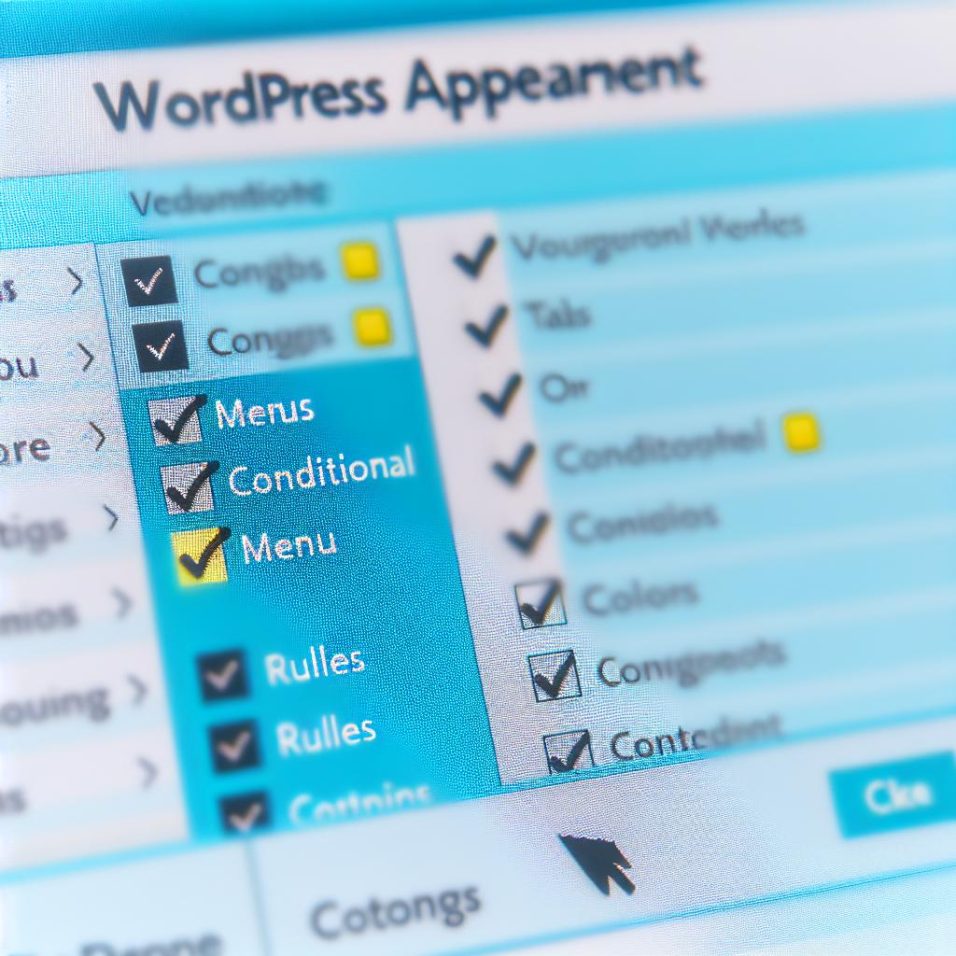Integrating Advanced Conditional Logic with Hooks and Filters
One of the most powerful features of WordPress is its ability to extend functionality using hooks and filters. These allow for even more granular control over when and why a menu might appear, based on highly specific conditions.
1. Understanding Hooks and Filters
Hooks are points in the WordPress code where you can execute your custom functions. There are two types of hooks:
- Action Hooks: Allow you to add custom PHP code that runs at certain points.
- Filter Hooks: Enable you to modify data during WordPress execution.
For a deep dive into hooks and filters, you can consult the WordPress Plugin Developer Handbook.
2. Implementing Custom Display Logic
With hooks and filters, you can make complex decisions about your menus. For example, filtering which items appear based on custom user metadata:
“`php
add_filter(‘wp_nav_menu_objects’, ‘customize_menu_items’, 10, 2);
function customize_menu_items($items, $args) {
foreach ($items as $key => $item) {
// Customize logic based on user role
if(user_meta_condition_met() && $item->title == ‘Specific Menu Item’) {
unset($items[$key]);
}
}
return $items;
}
“`
This code snippet would remove specific menu items based on custom conditions or user properties.
Considerations for Mobile and Accessibility
While setting up conditional menus, it is crucial to consider the mobile user experience and web accessibility:
1. Responsive Design
Ensure that your conditional menus remain fully responsive. This might involve testing different menu types like dropdowns or collapsible menus and ensuring they work seamlessly across devices.
2. Accessibility Best Practices
Use proper ARIA roles and labels to enhance accessibility and cater to users who rely on assistive technologies. For more guidance, consult WAI-ARIA standards.
Exploring Further Customization Options
The flexibility of WordPress allows you to create highly personalized user experiences. Beyond conditional menus, consider exploring themes, child themes, and page builders.
1. Theme Options and Child Themes
If you are using a theme that supports advanced customization, leverage these built-in options to manage your menus. For significant modifications, consider creating a child theme to preserve changes while allowing for regular theme updates.
2. Page Builders and Shortcodes
Utilize WordPress page builders like Elementor or WPBakery to design custom navigation layouts. Shortcodes can also offer a way to implement conditional logic if the page builder supports it.
Conclusion
The power of WordPress lies in its extensibility and ease of use. Conditional menus are a testament to this, providing a way to cater specifically to the varying needs of site visitors. From basic setups with plugins to advanced configurations with custom code and hooks, there is a pathway for every skill level. For further exploration, the WordPress Developer Resources are an invaluable repository of information and best practices.

